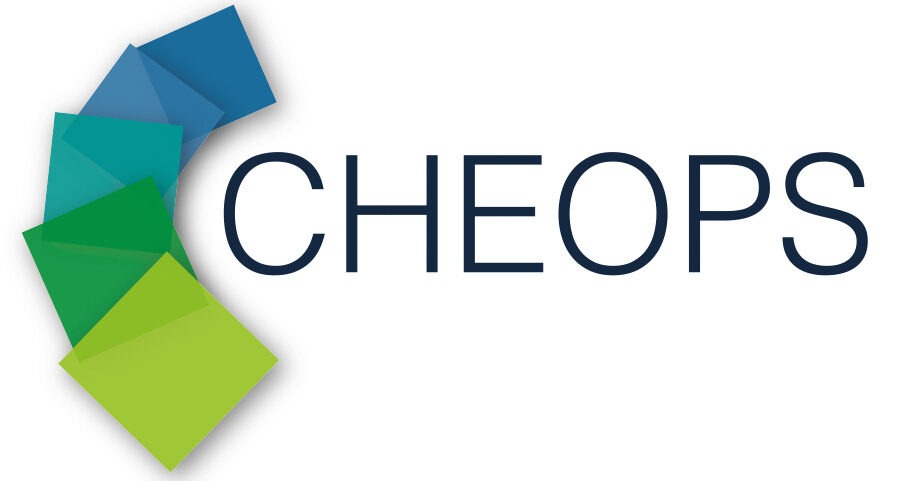
Key Facts
- Best performing tandem device on flat single-side textured bottom cell at 25.4% (steady-state efficiency, in-house measurement) on 1.42 cm2 active area featuring an open-circuit voltage of 1.817 V, a short-circuit current of 19.24 mA/cm2 and a fill factor of 74%
- Best performing tandem device on fully textured bottom cell at 25.24% (steady-state efficiency, certified result) on 1.42 cm2 active area featuring an open-circuit voltage of 1.788 V, a short-circuit current of 19.5 mA/cm2 and a fill factor of 73%
- Monolithic scaled-up tandem device with an active area of 57.3 cm2 and an efficiency of 22.6% obtained using an industry-compatible metallisation scheme
Abstract
The improvements of single-side textured (SST) bottom cells were achieved by CHEOPS partner CSEM. Research activities focused on the attempts to improve figures for photocurrents of the whole cell by replacing the indium-tin-oxide (ITO) top electrode with a W-doped In2O3 (IWO) top contact was deposited by radio-frequency sputtering. By modifying the deposition parameters of this material, very high charge carrier mobilities were achieved, allowing the sample to be more transparent while not losing any conductivity. With this new top TCO, significant gains in transparency were achieved along with gains in the photocurrent values. In addition to the gain in transparency, the new top contact had the unexpected side benefit of improving open-circuit voltage (VOC) in the devices. Exploring this further, it became evident that the sputtering power used in this layer was responsible for this increase in VOC which could be repeated across a number of other transparent conductive oxide (TCO) materials. Using IWO as an improved top contact along with small optimisations to the perovskite layer thickness to improve current matching, a new champion device with a demonstrated efficiency of 25.4% was fabricated (steady-state, 26.0% in light-current voltage (LIV).
Impact
The increase in the size of the PK/Si tandems from the small laboratory size (ex. 1.42 cm2 designated area for the results reported above) to large sizes poses two fundamental challenges: to preserve the homogenous perovskite coating over large areas, and to improve current extraction over large areas. To overcome these challenges, CHEOPS researchers found solutions which serve as a basis for future exploitation of the technology and as a first step to interconnect cells into modules. The results on improved large-scale PK/Si tandem devices are therefore not only targeting the scientific community but also have added-value for cell and module manufacturing companies in Europe.
Involvement
The research activities on larger PK/Si devices were conducted by
Centre Suisse d’Electronique et de Microtechnique (Project Coordinator).
Scientific Output
Deliverable Report: Larger perovskite/silicon tandem solar cells are described further in Deliverable 4.6 available for download under reports.
Read More
The research on perovskite-on-silicon tandem solar cell inspired the recommendations for performance measurement and stability testing of perovskite photovoltaic devices published by the CHEOPS consortium. Read more about the CHEOPS protocol here.
